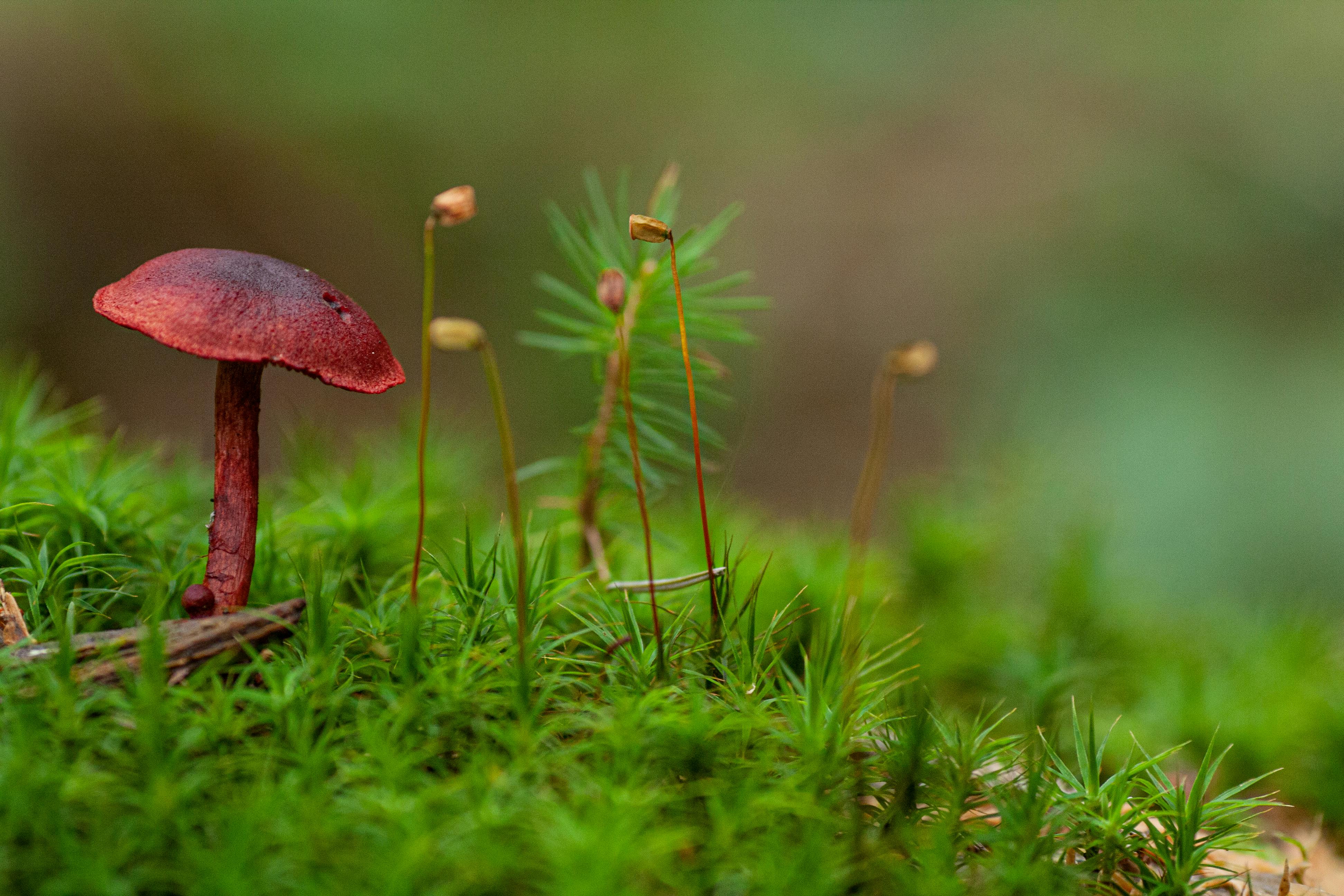Dormancy is an important part of a plant’s life cycle. When a plant enters into a dormant state, it stops growing and begins to conserve its energy. During dormancy, the plant’s growth and development is suspended, allowing it to survive difficult environmental conditions such as extreme temperatures and lack of water or nutrients. Dormancy is typically triggered by changes in temperature or the amount of light available to the plant. It can also be triggered by seasonal changes such as winter or summer. Dormancy allows plants to survive periods of unfavorable conditions without dying off, providing them with an opportunity to regrow when conditions improve.Dormant means that a plant is in a state of rest or suspended animation. This occurs when environmental conditions are not suitable for growth and development. During dormancy, the plant stops growing and its metabolic processes slow down or stop completely. This helps the plant conserve energy and resources until environmental conditions improve, at which point it can resume active growth.
Plant Dormancy
Plant dormancy is a state of inhibited growth and development, which occurs naturally in plants during winter or dry seasons. It is a period of inactivity where the plant’s energy is conserved to survive harsh environmental conditions. During this period, the plant will not respond to external stimuli such as light, temperature, and water. This prevents the plant from growing too quickly or too slowly due to environmental stressors. Plant dormancy is a natural adaptation that helps plants survive in extreme climatic conditions.
Plant dormancy can be triggered by environmental cues like decreased day length and temperature drops. During this time, many plants stop growing and become dormant until more favorable conditions return. When the weather warms up or day length increases, plants resume active growth and development again.
Plants that experience dormancy may display various physical changes depending on their species. For example, deciduous trees shed their leaves to conserve energy during periods of cold temperatures and low light intensity while evergreen trees remain green all year round as they are adapted to harsher climates. In some species, the buds swell up during dormancy but do not open until environmental conditions are favorable for active growth again.
Although plant dormancy is a natural process which helps protect them from adverse environmental conditions, it can also be disruptive when it occurs at an inappropriate time or when exposed to extreme temperatures for extended periods of time. This can cause serious damage to the plant by disrupting its growth cycle or even killing it altogether if left unchecked for too long. To prevent this from occurring, gardeners must take steps to ensure that their plants are properly cared for during periods of dormancy so they can survive with minimal damage when the weather warms up again.
Energy Conservation
Plant dormancy is an evolutionary adaptation that allows plants to survive challenging environmental conditions. By going into a dormant state, the plant is able to conserve energy and resources until the environment becomes more favorable. This means that during periods of drought, cold temperatures, or heat waves, the plant can survive by slowing its metabolic processes. As a result, it can remain alive with minimal energy input, allowing it to “recharge” and prepare for more growth in the future.
Protection from Disease
When a plant goes dormant, it also reduces its susceptibility to disease. This is because many types of diseases require certain environmental conditions in order to spread between plants. For example, some diseases are spread through spores or insects that fly from one plant to another. By slowing down its metabolic processes, the plant reduces its vulnerability to these sources of infection.
Improved Chances for Reproduction
The process of dormancy also increases a plant’s chance of reproducing itself in the future. When conditions become unfavorable for growth, plants enter into dormancy as a way of preserving their genetic material until conditions improve. This ensures that there are viable plants available when environmental conditions become more favorable for growth again.
Enhanced Adaptability
The ability to go dormant also gives plants an advantage in adapting to changing environmental conditions over time. By going into a dormant state when necessary, plants are able to adjust their metabolism and behavior in response to changing conditions without having to modify their genetic code. This makes them more resilient and capable of surviving even in hostile environments.
Overall, dormancy provides many benefits for plants by allowing them to conserve energy and resources during periods of stress or unfavorable environmental conditions. It also helps protect them from disease and improves their chances for reproduction in the future, while enhancing their adaptability over time.

How to Tell if a Plant is Dormant
Dormancy is a natural state that plants enter in order to survive and thrive in various conditions. During this period, the plant’s growth and activity slows down significantly. It’s important to know when your plants are in a dormant state so you can properly care for them. Here are some signs that will help you identify if your plant is dormant:
The leaves of the plant will start to turn yellow and wither away. This is an indication that the plant is no longer receiving enough sunlight or nutrients. Additionally, the leaves may start to curl up or become brittle.
Another sign of dormancy is when the stems of the plant become weak and droop down. This means that the plant has stopped growing and is conserving its energy.
Lastly, you may notice that your plant has stopped producing flowers or fruits. This is a sure sign that it’s dormant as it doesn’t need to produce new growth during this time.
By keeping an eye out for these signs, you can easily identify when your plants are entering a dormant state so you can adjust your care accordingly.

